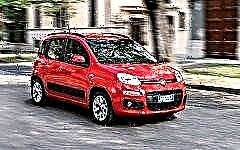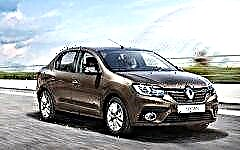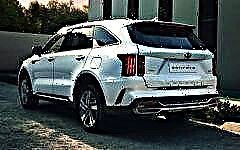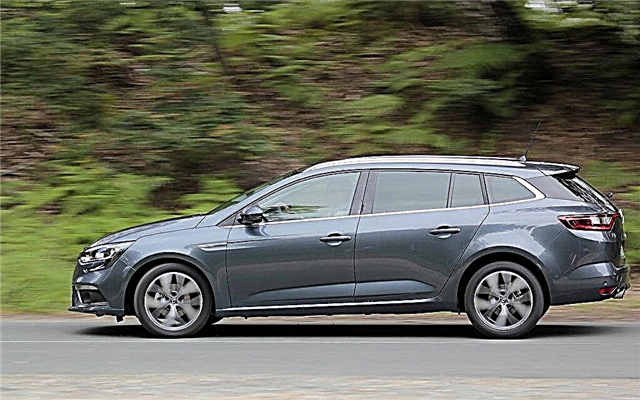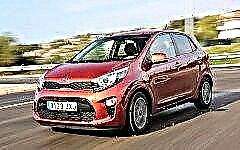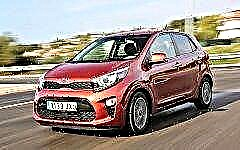

The content of the article:
- Petrol compact cars
- Middle class cars
Auto experts of the British publication What Car have published the top 10 most economical gasoline cars in Europe. It is not surprising that the rating includes subcompact cars, whose motors do not exceed a volume of one liter.
But not every domestic motorist is ready to buy a subcompact city hatchback or mini for daily use.
Therefore, we have compiled two ratings of the most economical cars of the year, dividing the models by engine size. The first top-6 are small cars familiar to everyone, which quickly maneuver in city traffic on crowded streets. The second rating is the cars of the middle class, which remain the most economical for their segment.
Petrol compact cars
- Renault Sandero 0.9 - 4.6 liters;
- Seat Leon - 4.43 liters;
- Kia Picanto 1.0 - 4.41 l.;
- Suzuki Celerio - 4.07 liters;
- Suzuki Baleno - 4.26 liters;
- Volkswagen Up 1.0 75 - 4.21 HP
Renault Sandero
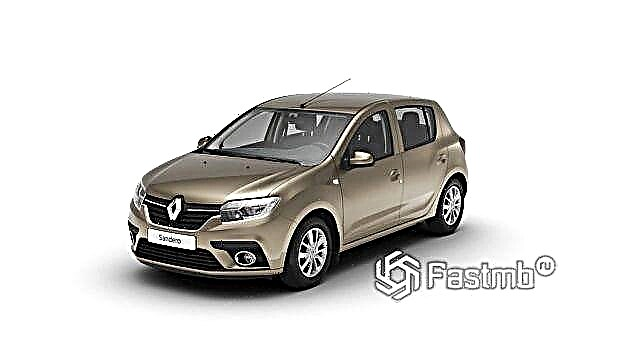
Renault Sandero is better known in Europe under the name Dacia Sandero - the cheapest car on the UK market and the best-selling car in Europe and the CIS. The model is equipped with three engines: a diesel engine and two gasoline units. The turbocharged 0.9-liter petrol unit is the most economical in the range.
Fuel consumption on the highway is no more than 4.6 liters, and this is in the conditions of domestic roads. European tests show a consumption of 4.4 liters. The engine is aggregated with both a 5-speed "mechanics" and an automatic gearbox for 5 gears, the maximum speed of the front-wheel drive hatchback is 170 km / h.
Seat leon

Front-wheel drive hatchback class "C" Seat Leon is built on the modular platform MQB from Volkswagen, on the same basis are built Audi A3, VW Golf VII, so most of the systems and units in the hatchback are copied from these models. The same goes for interior design and equipment.
The line of motors includes more than twenty gasoline and diesel units with a volume of 1 to 2 liters. The most economical - a liter turbocharged 1.0 TSI with a capacity of 115 hp. from. and a moment of 200 Nm.
Maximum speed - 202 km / h, acceleration from 0 to 100 km / h, the car accelerates in 9.6 seconds, regardless of whether the box is a 6-speed manual or a 7-speed automatic. Fuel consumption on the highway is 3.9 liters, in the city - up to 5.4 liters. gasoline. Only such a configuration has a torsion bar for the rear suspension, while a classic multi-link is used for the more powerful ones.
Kia picanto

The debut of the third generation of the A-class front-wheel drive hatchback took place in 2017 in Geneva. By 2020, the line of engines remained unchanged - these are two gasoline units with a volume of 1 and 1.2 liters. The most economical - a liter aspirated with a five-speed automatic transmission.
In the combined cycle, the fuel consumption of the engine is 4.4 liters, in urban conditions the consumption increases to 5.6 liters, for the highway it is 3.7 liters. The maximum speed of the hatchback will not exceed 160 km / h.
Suzuki Celerio, Suzuki Baleno
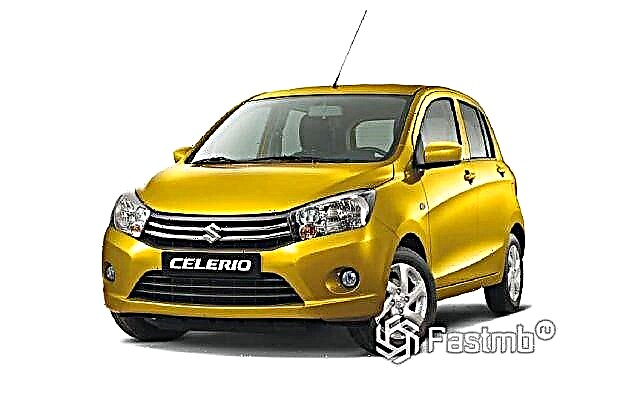
In the photo: Suzuki Celerio
Almost all Suzuki hatchbacks are very economical. The English edition brought two models to the top at once - Suzuki Celerio and Baleno. Fuel consumption per 100 km of the combined cycle is just over 4 liters.
If we talk about the Celerio configuration, the model was originally built for the Indian market, the premiere took place in Delhi in 2014. A year later, the company thought that the subcompact hatchback might appeal to the motorists of the Old World, and it paid off. Already in 2016, the model conquered the European market.
The Celerio line of motors is represented by two petrol liter engines. The most economical - 68-horsepower 1.0i, with a torque of 93 Nm, consumes 4 liters in the combined cycle, fuel consumption on the highway decreases to a record 3.4 liters. Acceleration, however, cannot be done quickly with such an engine - acceleration from 0 to 100 km / h for a car in 13 seconds, maximum speed - 155 km / h.
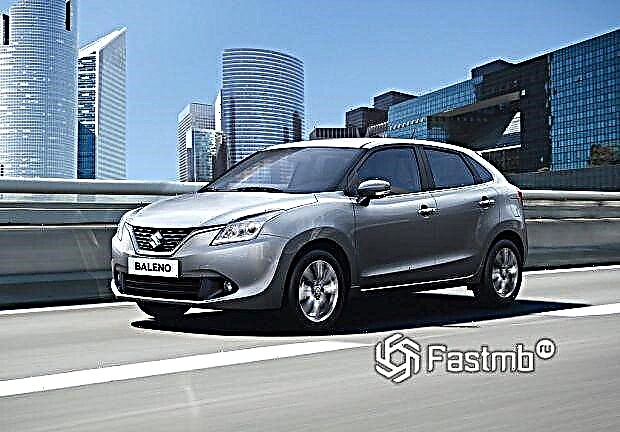
In the photo: Suzuki Baleno
Boleno hatchback has similar efficiency indicators. But since the model was built for the domestic market and the European market, the power unit is represented by a liter turbocharged Boosterjet engines. Combined gasoline consumption - 4.4 liters, maximum speed - 200 km / h.
Volkswagen up
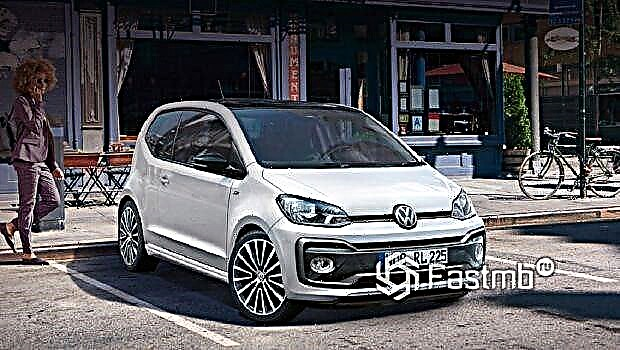
The three-door Volkswagen Up hatchback completes the top 6 of the most economical small cars. The premiere of the restyled version took place in 2016 at the Geneva Motor Show.
The engine range is represented by three liter gasoline engines, the most economical version is equipped with a liter MPI with an automatic transmission for 5 gears. Fuel consumption on the highway will be 3.7 liters, in the city - 4.7 liters.
Middle class cars
- Suzuki Ignis 1.2 SHVS - 3.95 HP;
- Volkswagen Golf VII - 4.9 liters;
- Nissan Juke - 5.5 liters;
- Renault Captur - 5.1 liters;
- Peugeot 2008 - 4.4 liters;
- Mercedes-Benz GLA - 5.8 liters;
- Mini Cooper Countryman - 5.5 L;
- Nissan Qashqai - 5.6 L
Suzuki ignis

The Suzuki Ignis 1.2 SHVS mild hybrid model was named by experts from WhatCar the most economical gasoline car in Europe. And not only because the fuel consumption per 100 km of the combined cycle for the hybrid configuration is only 3.9 liters. Even without connecting an additional electric motor, 1.2-liter Dualjet engines consume no more than 4.4 liters per 100.
Volkswagen Golf VII

The front-wheel-drive hatchback can offer motorists more than twenty configuration options. The line of engines is represented by gasoline engines with a volume of 1 to 1.5 liters and diesel two-liter turbo units.
The most economical, productive and powerful is the gasoline 1.5-liter TSI with a 6-speed manual gearbox. Average fuel consumption - 4.9 liters, top speed - 210 km / h, acceleration from 0 to 100 km / h - in 6.3 seconds.
Liter turbocharged TSI with a capacity of 85 liters. moment 184 Nm on tests showed fuel consumption for the combined cycle of 4.8 liters. gasoline, but given that the "four" has the option to turn off two cylinders at minimum loads, this particular configuration is considered the most economical.
Nissan juke
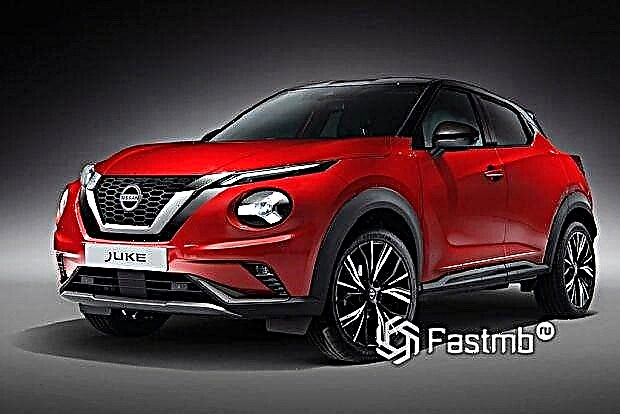
The compact crossover Nissan Juke caused a lot of controversy around its appearance after the premiere in Geneva. The car differs from all crossovers in an unusually striking body design with memorable imprints on the wheel arches and a raised front bumper.
In addition to the original appearance, Nissan Juke boasts low fuel consumption. The motor range is represented by three engines. In the basic version, there is an economical 1.2-liter turbocharged DIG-T with a capacity of 115 hp. combined cycle consumption - 5.5 liters. Savings became possible thanks to the Start-Stop system, the maximum speed is 178 hp. from.
Renault Captur
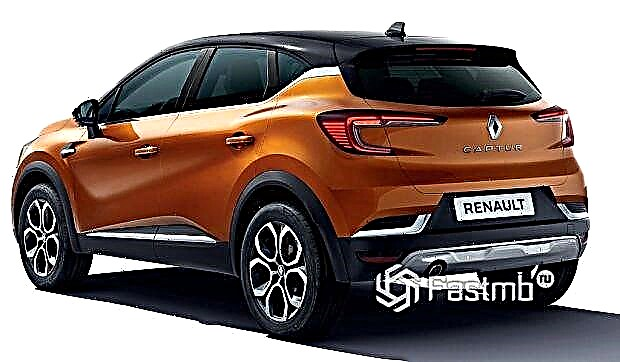
The five-door Renault Captur is also included in the rating of the most economical crossovers. After the debut of the restyled version in 2017, the crossover will receive three upgraded engines: two turbocharged gasoline and one turbodiesel.
The most economical remains the 0.9-liter three-cylinder unit with a capacity of 90 liters. with., fuel consumption in the combined cycle - 5.1 liters. Acceleration from 0 to 100 km / h - in 13 seconds, top speed - 170 km / h.
The 1.2-liter TC is more dynamic, accelerating from 0 to 100 km / h in 9.9 seconds, top speed up to 183 km / h, while fuel consumption is not much higher - only 5.5 liters.
Peugeot 2008

One of the most reliable and productive gasoline cars is the Peugeot 2008 crossover, complete with a 1.2-liter PureTech and a manual transmission, with an average consumption of 4.4 liters.
Despite this economy, motorists do not like Peugeot's petrol configurations, considering them sluggish and slow on the track. This is quite fair - the concept was built like a car for the city, Acceleration from 0 to 100 km - almost 16 seconds (15.4), top speed - 170 km / h, but you can't get it on the 1.2-liter gasoline PureTech.
For the first time, a restyled version of the model was presented at the Geneva Motor Show in March 2016. The crossover is positioned as a front-wheel drive model, but a large number of specialized electronic control systems allow the city SUV to demonstrate off-road characteristics - this is the Grip Control system, which adapts the chassis to three road surface options, Goodyear's Vector 4Seasons off-season tires.
Mercedes-Benz GLA
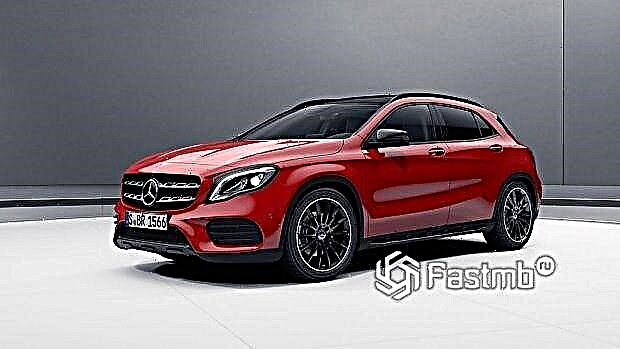
For owners of a compact crossover of class "K" from Mercedes-Benz, an economical engine is rather a pleasant bonus than a selection criterion. Reliability, speed and comfort - these are the characteristics that drivers value Mercedes.
The crossover is equipped with one of nine engines, the most economical is a 1.6-liter turbocharged gasoline engine with a capacity of 156 liters. sec., a moment of 250 Nm. On the highway, fuel consumption will be 4.9-5 liters, in conditions of constant braking in the city, the consumption increases to 7.4-7.5 liters.
Mini cooper countryman

The compact urban crossover Mini Cooper made in Austria continues the rating of economical gasoline cars. Turbocharged 1.6-liter engine with 224 hp. has an average fuel consumption of 5.5 liters. On the highway, consumption will decrease to 4.8 liters.
Nissan Qashqai
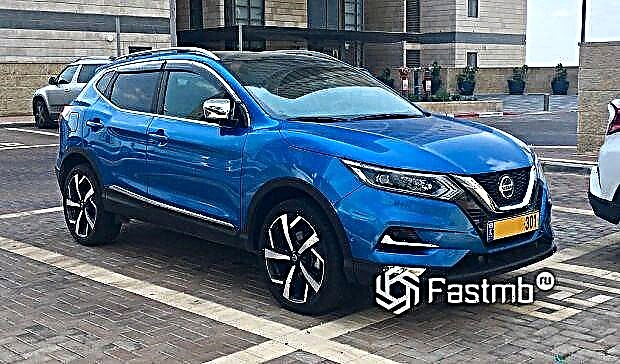
The rating of the most economical gasoline cars is completed by the Qashqai kosover equipped with a 1.2-liter DIG-T 115 hp petrol unit. with., a turbocharger and a manual transmission for 6 gears. Average fuel consumption is 5.6 liters for the combined cycle.

